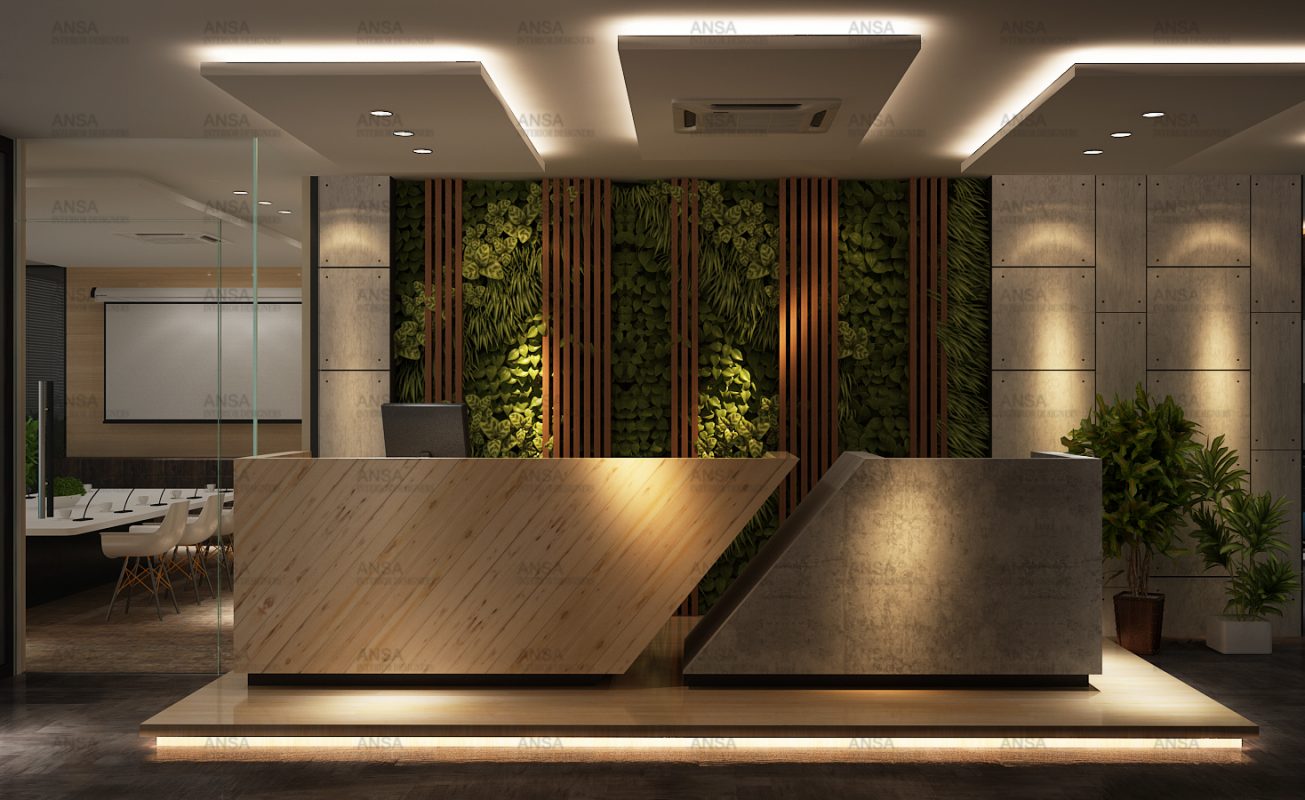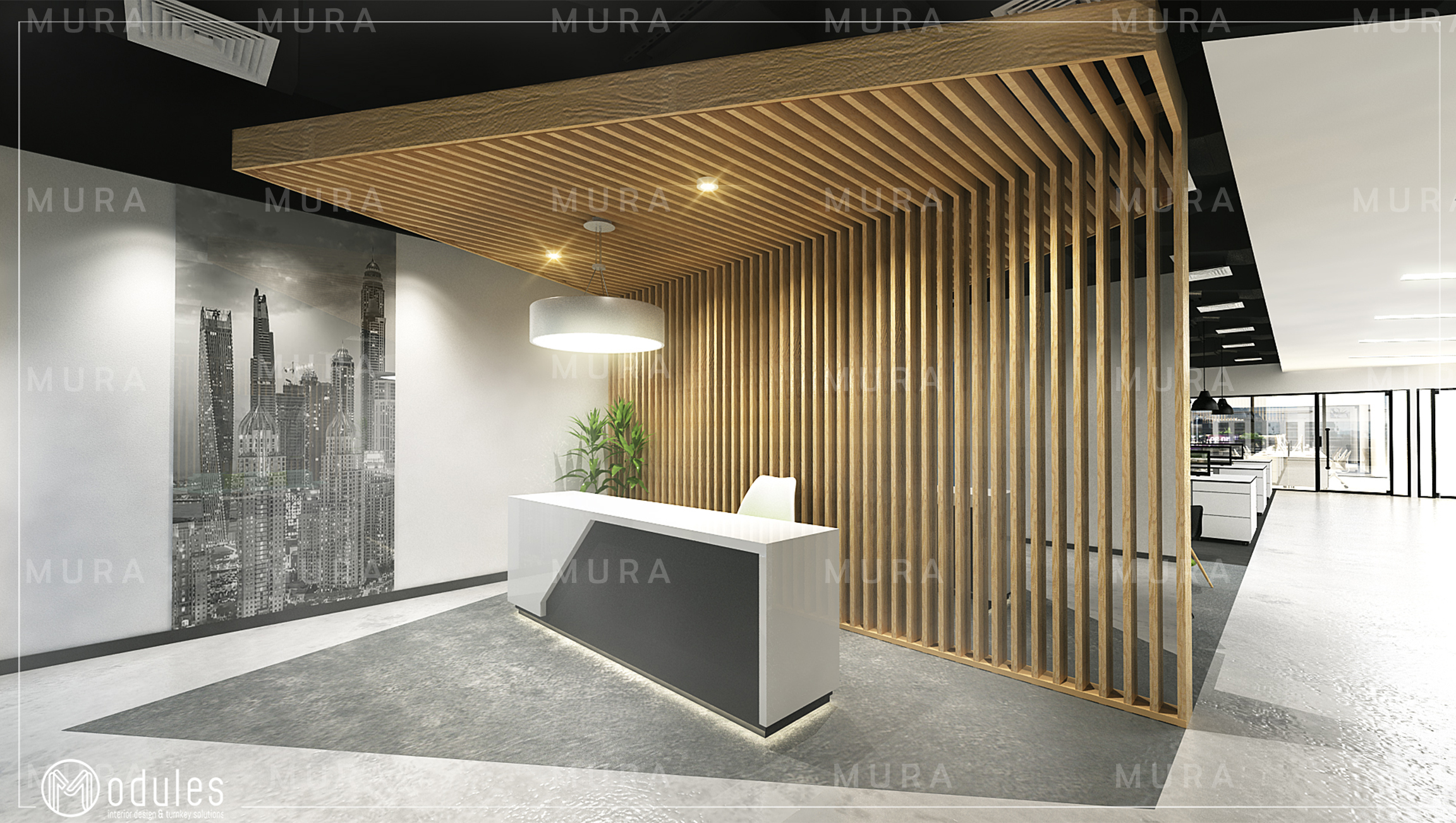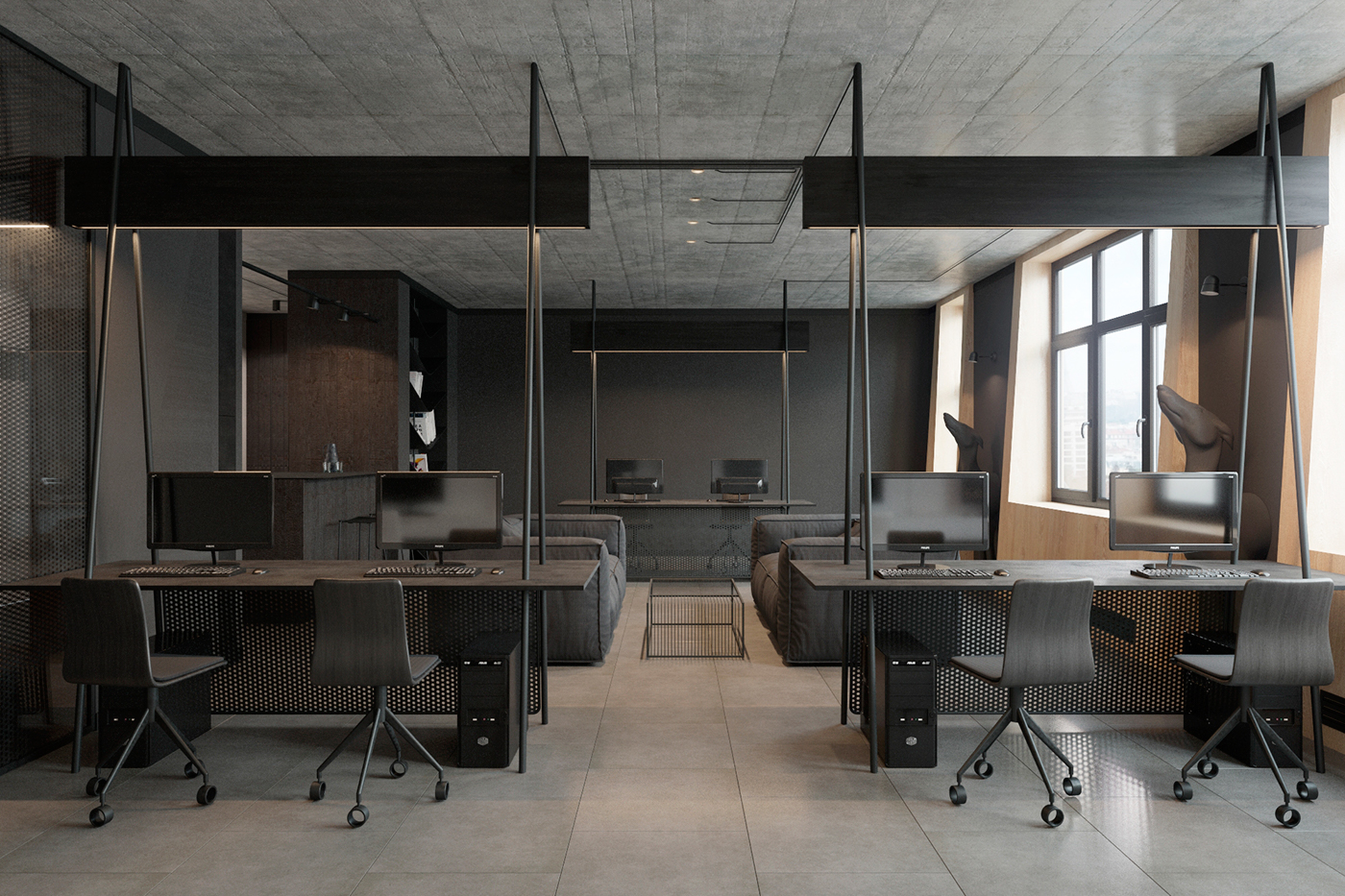Table Of Content

An attempt at enhancing the actual buying experience was the ‘scan an outfit’ option in the app. In theory, a great idea, but the mannequins were either dressed in outfits only a Nike mannequin could wear, or in looks so high fashion it was really difficult to decipher what the individual elements were and how you could put them into a look for yourself. In this case, Nike would have done better to be a bit more practical in order to help people shop easily (for ‘Nike Women Yoga Favorites’ for example) and leave the high fashion to the L05 Expert Studio. There were installations and moments throughout the store that alluded to sneak peeks into the process of making. On L04, for example, a series of screens on tripods and tables with laptops featuring calculations and drawings hinted at some of the stories behind the creation of the LeBron shoe, but on closer inspection they were more eye candy, and less about the science behind. We can see the intention here was to share snippets of the process — but we felt more could have been revealed.
designboom will always be there for you
In both concepts, convenience and customization seem to be top priorities for the iconic sports brand, but collecting customer data is high on the list. And the members-based mobile app, which features so heavily throughout the store, is the retailer's best way of doing that. All-in-all, the mobile features are focused on easing the customer's path to purchase.
Eight home interiors where mezzanines maximise usable space
But at the House of Innovation, Nike places its status as a footwear originator and innovator front and center, from a sculptural knitting machine (similar to the tractor beam downstairs) to the guts of a Nike Zoom Vaporfly Elite splayed out on a table. “Obsession” and “iteration” accurately describe the building’s exterior—a gleaming six-story grid of undulating glass. The facade is an innovation in itself, a multidisciplinary effort helmed by Nike’s Beaverton, Oregon–based design team with input from Rockwell Group, Mode Lab, CallisonRTKL, and Heintges Consulting Architects & Engineers.
Nike’s New Flagship Promises a Retail Experience Unlike Anything You’ve Ever Seen
‘The space is essentially a black box that enables stories to come to life in a variety of different manners. It’s a raised steel platform that can be replaced with different flooring. The ceiling infrastructure is rigged for theatrical lighting, so the idea around the architecture is that it’s not going to fight with storytelling but enable it.’Each floor of the flagship consistently reinforces this holistic integration of design. For the Nike familiarist, a speed shop filled with the brand’s top ten bestselling essentials, located on the basement floor, makes it easy to grab what you’re missing and go. Nike has unveiled its new flagship store on Manhattan’s illustrious Fifth Avenue and it’s a six-floor immersive brand temple that seeks to redefine the retail experience.Real life shopping has been given a run for its money by its digital counterpart. Spanning six floors and measuring 68,000 sq ft, the Nike House of Innovation 000 is a carefully orchestrated retail experience that will hypnotise both fans and passers-by, alike.
Top architecture stories
So much thought and consideration has gone into details of the design — it’s a shame not more of that great content is shared more visibly. We’ve taken a close look at the 6-story retail mecca in New York — with the intention to be purposefully critical, looking into what is most successful, and where there might be further opportunities. This time we also had an ‘on the ground’ team of experience and spatial strategists, visiting the store on different days, to help us uncover meaningful insights. The first Nike House of Innovation 001 opened in Shanghai, followed promptly by the New York flagship 000, and with a third on its way in Paris. Across each location, Nike presents cross-category, consumer-focused spaces and experiences, and promises city-exclusive items specific to each city. With a name like "House of Innovation" — which was already introduced through the launch of Nike's Shanghai flagship last month — it's no wonder the store is full of customization opportunities.
The store concept is described as “one floor, one world.” Each floor, inspired by the sounds and movement of New York, highlights different collections within the Nike brand. The retail program of each floor gets more specific as the levels increase. The 68,000 square-foot, six-level destination is the second Nike House of Innovation. These stores are the first of a new generation of sport retail experiences for Nike, numbered sequentially around the globe. Each floor is designed to give the customer a different experience, starting with the Speed Shop, which boasts fast access to products people in NYC love, and ending with the Expert Studio for NikePlus members to enjoy premium services via one-to-one appointments.
The 14 Best Nike Running Shoes for All Distances and Terrains, According to Experts
This six-story Nike flagship is unlike any other Nike store in NYC. It clocks in at 68,000 square feet and offers much more than retail... The store’s aesthetics, Nike said, were “inspired by the fluidity of sport and created to ignite the next evolution of Nike retail,” and boasts mood and feel changes from floor to floor done through colors, tone and material textures. To accomplish this, Titel Media GmbH tests, remediates and maintains the Website in-line with the Web Content Accessibility Guidelines (WCAG), which also bring the Website into conformance with the Americans with Disabilities Act of 1990. Just beyond, at the back of the space, a glowing counter is set against a video backdrop. Customers gather here to customize their kicks however they please—from a faux ostrich Swoosh to a rainbow of laces.
Where is the House of Innovation store?
The designers wanted to convey a sense of movement across the building, so they turned to slumping, a technique for bending red-hot glass beneath its own weight to lend strength and beauty. Each glass panel ripples with uniform etched waves angled at 23.5 degrees—the precise angle of Nike’s iconic Swoosh. It’s the sort of building Mies would have created had he gotten hold of a pair of Air Force 1s. It will also feature new digital services, such as Shop the Look, which allows customers to buy items found on mannequins by scanning a QR code, and Instant Checkout, which lets NikePlus members can skip lines by paying from the Nike App using stored or new forms of payment.

That's not to mention a sneaker lounge on the Sneakerlab floor, which displays a series of Nike's recent sneaker releases in a mirrored room — a form of storytelling which Madden describes as an "invitation" for customers to join the sneaker community. Each floor of the House of Innovation 000 provides customers with a different experience, many of which offer personalized customization and convenient shopping with digital aids. The Nike Speed Shop is one such floor introduced within the new NYC flagship. This area utilizes local data in order to stock and restock its shelves based on consumer wants. In addition, you can visit the Sneaker Bar and solicit the assistance of a store athlete or a digital read-out of locals-only data. Customers then have the opportunity to reserve items with just a phone call and have them held in an in-store locker for convenient pickup.

Here and throughout the rest of the building, shoppers check out with their phones without once, in theory, having to interact with an employee. Nike House of Innovation 000, Nike’s new flagship store in New York City, covers 68,000 square feet over 6 levels in the podium of an existing tower on 5th Avenue. The in-store experience was designed to highlight innovation, environment, and service. A 5-story atrium and staircase anchor the corner of the store and imbue the space with a sense of activity and energy.
Nike's new House of Innovation brings an undulating glass facade to Fifth Avenue - The Architect's Newspaper
Nike's new House of Innovation brings an undulating glass facade to Fifth Avenue.
Posted: Thu, 15 Nov 2018 08:00:00 GMT [source]
While Nike by Melrose opened before the brand's latest flagship, Sparks noted that it was actually the idea behind the Speedshop in New York that led Nike to create the smaller, more localized and intimate store in Los Angeles. The final fourth level is modelled on a Nike design studio, and used for one-to-one sessions with Nike athletes to help customers to find suitable products. Fitting rooms on the women's floor have also been re-addressed as part of the project, including three custom light levels and a button to call an athlete. Colourful rugs are based on Nike's heat-matting process used to develop apparel. Overall, the aesthetics of the store were inspired by the fluidity of sport and have been created to ignite the next evolution of NIKE retail. As an exclusive, the new york store will offer the ‘noise cancelling collection’ referencing NIKE’s desire to obstruct the noise of NYC and inspire athletes to ‘dream loud enough that they can silence the city’.
To take the ambitious HOI concept to the next level, we feel Nike could be even braver and show less product, in order to focus on the immersive, creative elements that make this store truly special. Moving the focus away from ‘direct’ in-store buying and shifting the balance more towards openly content-rich experiential would be a risk, but one that would certainly smash the bar for the road ahead. While it sounds grandiose, Sparks' words might be an understatement, if anything. Nike's flagship lets shoppers do just about anything that comes to mind (especially with the app).
Perhaps one thing for the future would be to further consider the layers of content that can be woven into a space — informing visitors to whichever level they feel appropriate and manageable on that day. This could also trigger more repeat visits as, more like a museum, you might learn a bit more each time. That said, we felt the focus was still too heavily on the act of purchasing, and not enough on the innovation. Nike can sell shoes and hoodies in any of its stores, but what elevates the HOI are the floors with minimal product sales and maximum atmosphere, and we feel there are opportunities to give visitors more here. Nike has innumerable other stores that do a great job of selling, but the HOI was meant to peel back hidden layers, prioritise purpose, and build community linked to its immediate locality.
As previously mentioned, the House of Innovation 000 provides visitors with various customization experiences. The store is equipped with two maker's studios, including a full customization wing on The Arena. Here, customers can take advantage of laces, fabrics, decals, and more to truly personalize purchases. Despite being sprawled over 6 floors, and designed to offer varied services within compartmentalised environments, HOI impressively does feel like one cohesive and connected place. They have succeeded in achieving one of the most challenging tasks in design terms — bringing holistic cohesion to an environment hosting many different visual styles, and functionalities.
It’s an unequivocally cool space, with lots of Nike products, which of course draws a crowd. And the buying process uses technology to create pretty seamless, high-speed, hassle-free ways to purchase through an app. From customizable sneakers and apparel to a localized Speedshop for New York customers, the flagship does just about everything — including mobile. The fourth floor marks a dramatic shift in the store’s design language and hosts what to many will be the main attraction—the Nike Sneaker Lab, home to the largest collection of the brand’s footwear in the world. Its pristine white inner sanctum is a nod to Nike’s “canvas,” the triple white sneaker. Such design moves recall Snarkitecture’s work for Kith (the New York sneakerhead mecca) and undoubtedly intend to capture a similar hypebeast clientele.










